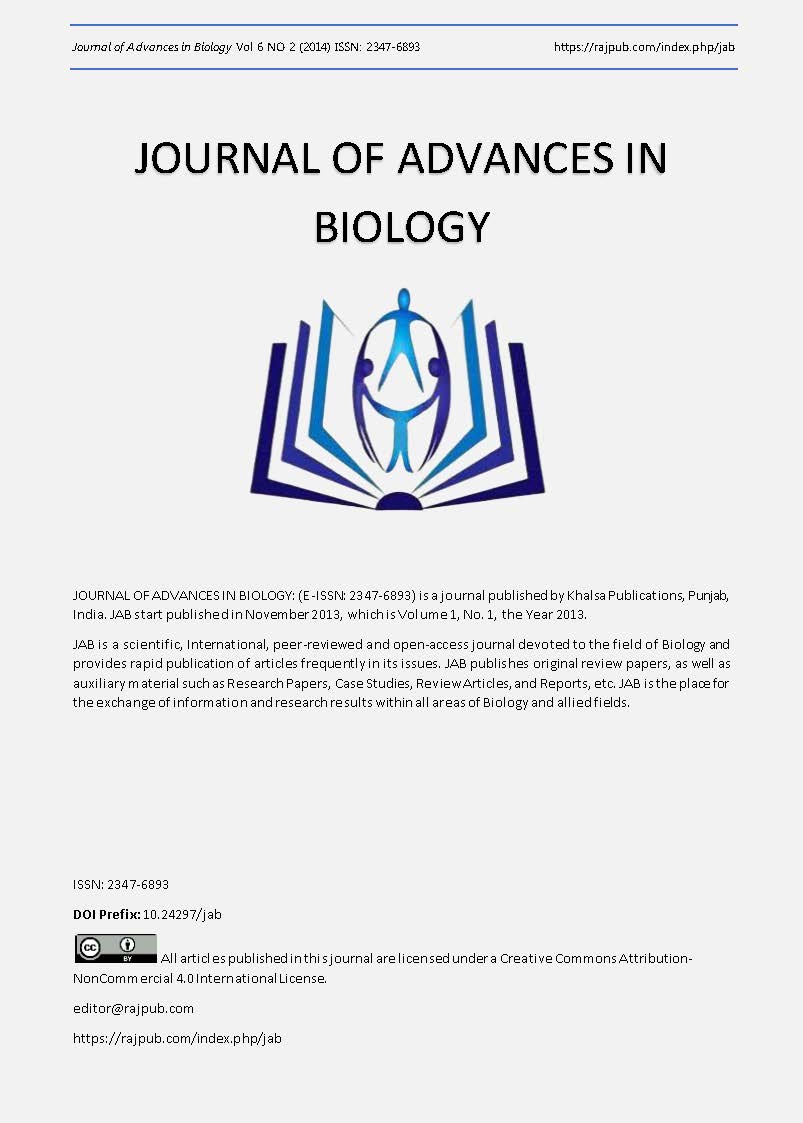HEAVY METALS ASSESSMENT IN THE STRIPED VENUS CLAM, CHAMELEA GALLINA, IN EGYPTIAN FISHERIES AS POTENTIAL CANDIDATE FOR EXPLOITATION AND AQUACULTURE
DOI:
https://doi.org/10.24297/jab.v6i2.5455Keywords:
Shellfish, Bivalve, Clam, Venus Clam, Chamelea gallina, Pollution, Biosafety, Heavy Metals, fishery, Aquaculture, EgyptAbstract
The Striped Venus Clam, Chamelea gallina, is one of the most important commercial bivalve species of the Verenidae family in the Mediterranean. It was suggested for the first time as potential candidate for exploitation from its natural fisheries and for possible aquaculture in Egypt (FAO EastMed 2014). The present study was conducted to investigate the heavy metals concentrations in Chamelea gallina from natural fisheries to evaluate its safety for human consumption as potential bivalve resource for exploitation in Egypt. Chamelea gallina was sampled from 12 transects representative of about 60 km along the Mediterranean coast between Rasheed (Rosetta) and Burullus from 31.45874 N and 30.50054 E to 31.59596 N and 30.94383 E. Clams soft tissues were analyzed for the levels of eight heavy metals; four hazardous metals [lead (Pb), cadmium (Cd), Mercury (Hg) and chromium (Cr)] and four essential metals [copper (Cu), manganese (Mn), iron (Fe) and zinc (Zn)] using SHIMADZU Atomic Absorption Spectrophotometer. Results were compared to authorities' maximum permissible limits as set by different organizations of different countries on both dry weight (d.w) and wet weight (w.w.) basis. Results showed that the examined bivalve fisheries are considered clean compared to other areas of the world. They are considered safe for human consumption considering the FAO/WHO, USFDA and other regulations from different countries of the world. However, in few cases they failed to be approved for the European regulations which are the most strict legislations. Spatial distribution of heavy metals in clams across the investigated area showed that the clams are in general within safe limits especially in the western and middle parts of the investigated area from Rasheed eastwards. This zone have the maximum biomass of C. gallina as confirmed by a simultaneous fishery study (FAO EastMed 2014). This indicates that, Chamelea gallina in this zone is safe for human use and might provide promising fisheries for exploitation when toxic risk of the most hazardous heavy metals such Hg, Cu, Cr and Zn are concern. However, the eastern part of the studied area near Burullus must be monitored for Pb contamination and sources. Then, collection of C. gallina should be avoided when necessary.
Downloads
Downloads
Published
How to Cite
Issue
Section
License
 All articles published in Journal of Advances in Linguistics are licensed under a Creative Commons Attribution 4.0 International License.
All articles published in Journal of Advances in Linguistics are licensed under a Creative Commons Attribution 4.0 International License.




